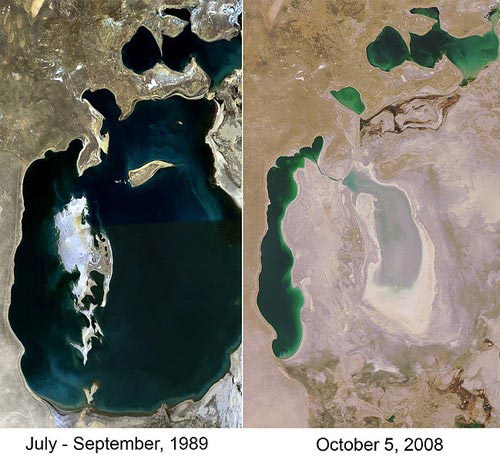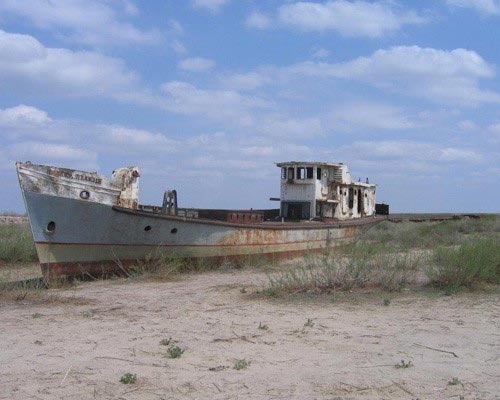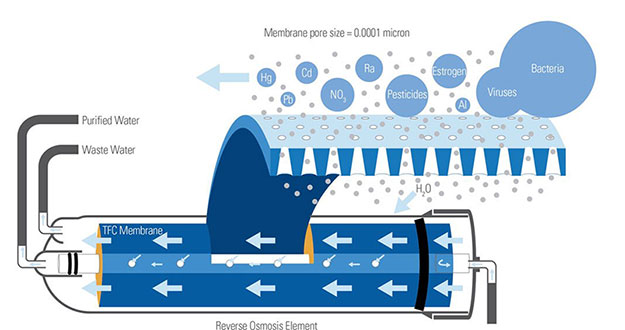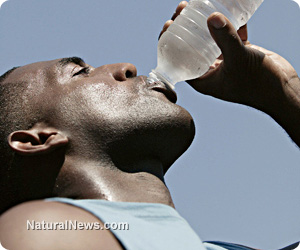Aral Sea
The Aral Sea is the poster child for large, dried-up bodies of water. If you travel to the Aral Sea, which sits on the border between Kazakhstan and Uzbekistan, you’ll find a disconnected collection of small ponds of sea water sitting in a dusty bowl that held what used to be one large body of water.
 The Aral Sea, which is technically a lake, has been steadily shrinking since the 1960s when the Soviet Union began to divert rivers that feed the Aral Sea for agricultural irrigation. With the receding waters went a large fishing industry, leaving high rates of unemployment and fishing boats left to dry on the former shoreline.
The Aral Sea, which is technically a lake, has been steadily shrinking since the 1960s when the Soviet Union began to divert rivers that feed the Aral Sea for agricultural irrigation. With the receding waters went a large fishing industry, leaving high rates of unemployment and fishing boats left to dry on the former shoreline.











